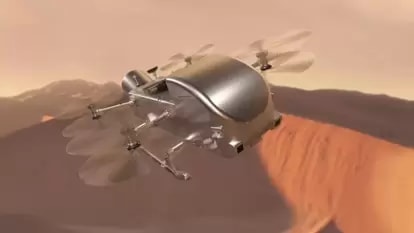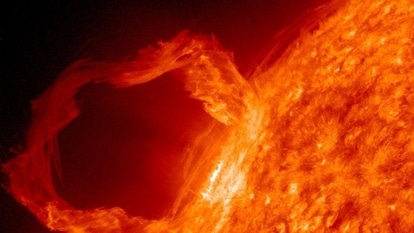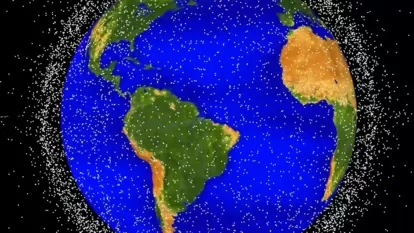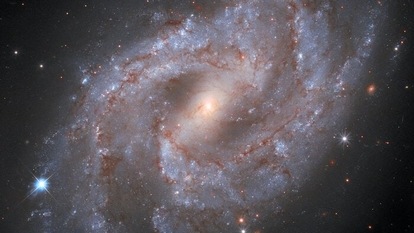120-foot Asteroid 2023 HV2 nearing Earth today at a stunning 91044 kmph, says NASA
NASA has revealed key details like speed, distance, and more about a gigantic 120-foot airplane sized asteroid that is set to make a close approach to Earth today.
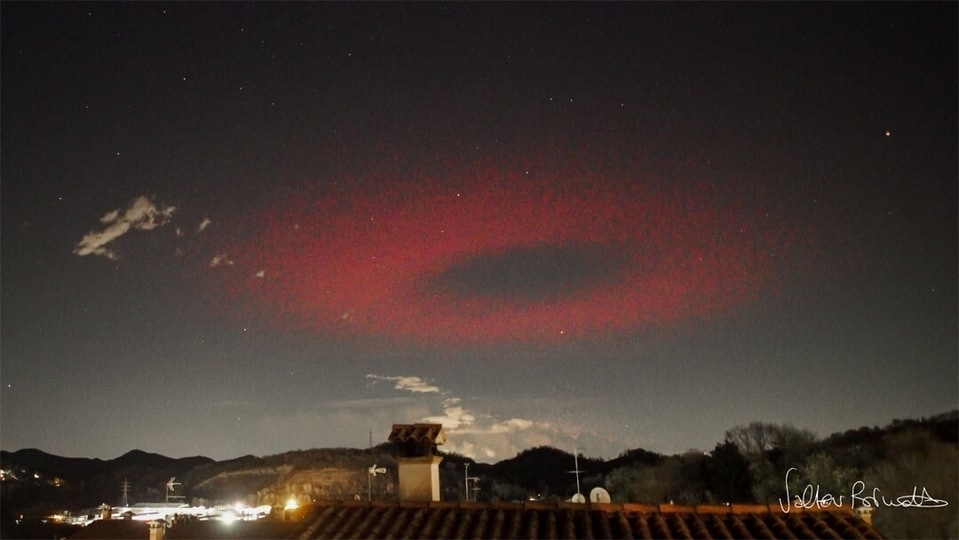
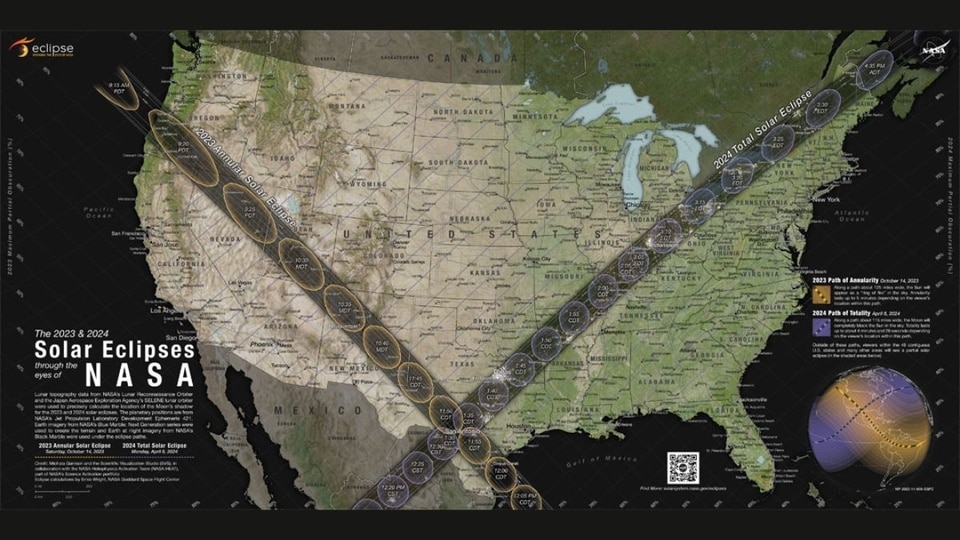
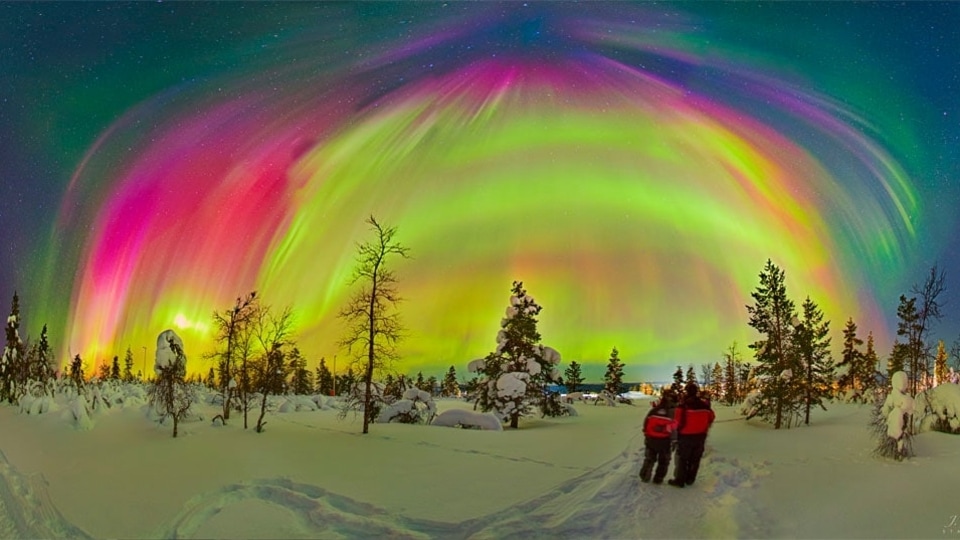
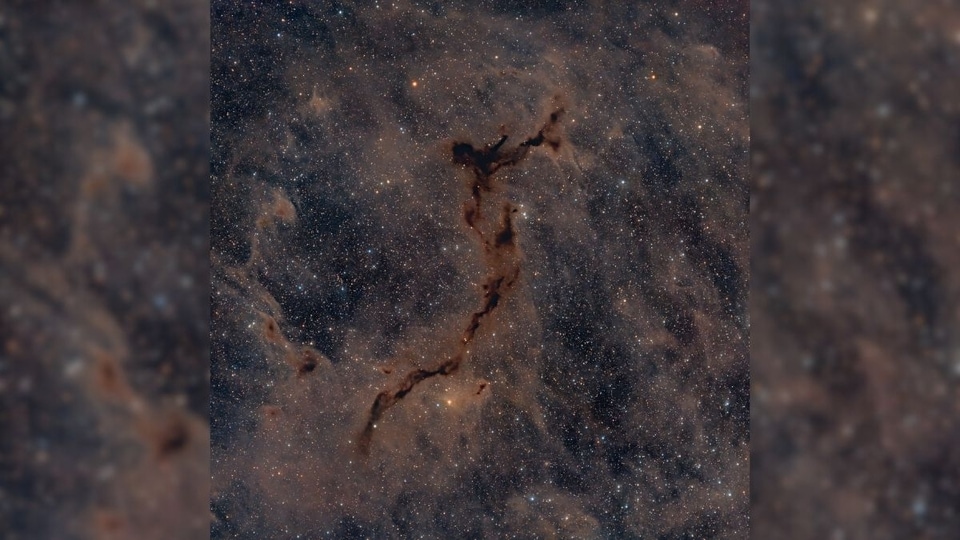
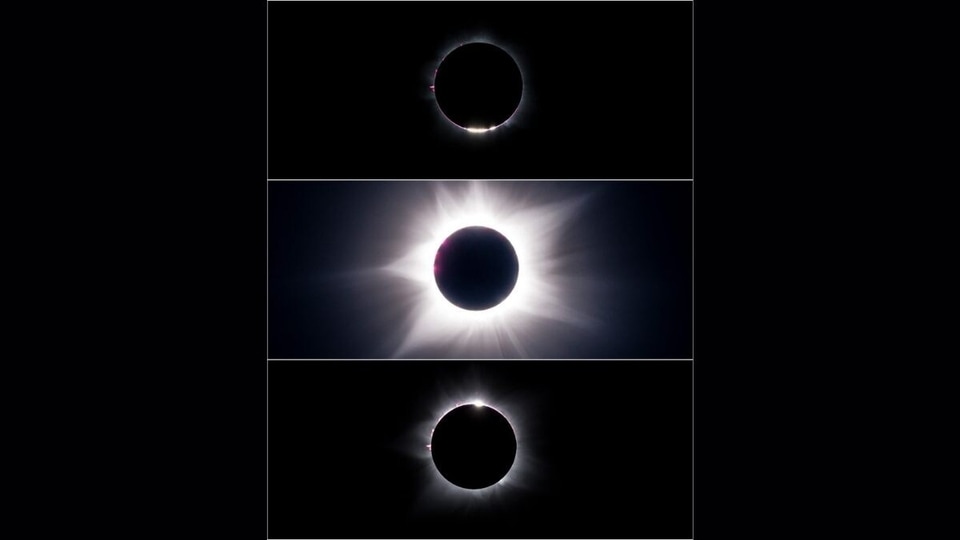

 View all Images
View all ImagesAmong all the objects revolving around in the universe, not all are considered hazardous. However, asteroids, which are dubbed as near Earth objects, can sometimes be dangerous for the planet depending upon their size. It is even believed that the collision of a huge asteroid with asteroid is the reason behind the extinction of the dinosaurs and many other species. And today, Sunday, April 23, a 120-foot asteroid is all set to make a close approach to planet Earth. Here is what NASA has informed about the monstrous rock.
Asteroid 2023 HV2: Speed, distance, and more
The US space agency has raised a concern informing that a gigantic 120-foot asteroid is rapidly approaching Earth today. This asteroid will come very close to the planet, but is likely to pass by. However, it is travelling at a very rapid speed and if it changes its trajectory, it can be a concern for the planet. Therefore, in order to keep all the threats away and tackle them on time, NASA is tracking the movement of this asteroid on a regular basis.
According to the information shared by NASA's Jet Propulsion Laboratory, the asteroid called 2023 HV2, which is 120-foot (almost the size of an airplane), is currently moving at a mind-numbing speed of 91044 kilometer per hour and will make its closest approach to Earth at a distance of 2.40 million kilometers.
How NASA studies asteroids
The US space agency uses its telescopes and observatories like NEOWISE to track and study asteroids. It also uses a variety of ground based telescopes like Atacama Large Millimeter/submillimeter Array (ALMA) located in the Antofagasta Region of Atacama Desert in Chile for the same.
Other asteroids nearing Earth
Apart from this 120-foot giant, four other asteroids are also travelling towards planet Earth today. The asteroids are- 130 foot 2023 HX, 97 foot 2021 HU, 73 foot 2023 HV1, and the smallest of all 48 foot 2023 HE3.
Catch all the Latest Tech News, Mobile News, Laptop News, Gaming news, Wearables News , How To News, also keep up with us on Whatsapp channel,Twitter, Facebook, Google News, and Instagram. For our latest videos, subscribe to our YouTube channel.




